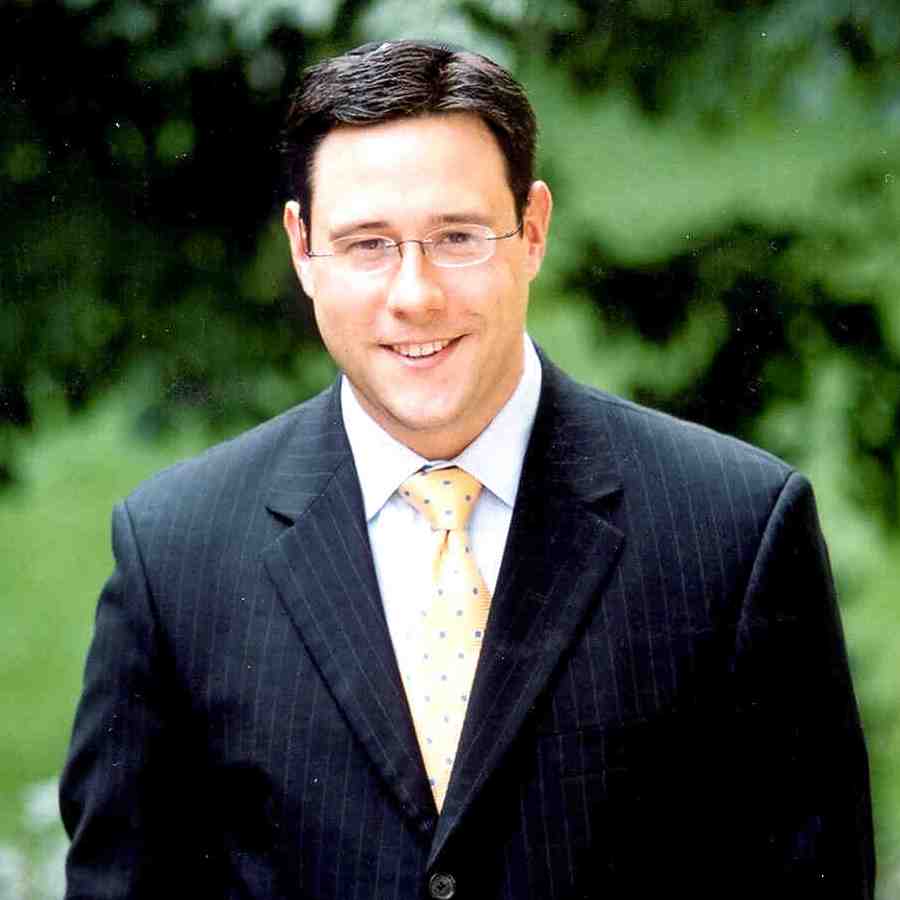Finding a Prayer Voice

This past Sunday, the New York Times ran an article on praying for “God’s bailout.” Accompanying the article was an image of hundreds of worshipers gathered at the Greater Grace Temple in Detroit praying for the miraculous resolution to the imminent bankruptcy of the auto industry. Gripping much of the country and the world, this recession is particularly impacting the communities of metropolitan Detroit-autoworkers, executives, and salespeople alike. All find themselves searching, through whatever inspiration and revelation possible, for an end to the financial crisis. As the article reported, “While Congress debated aid to the foundering Detroit automakers Sunday, many here whose future hinges on the decision turned to prayer” (New York Times, December 7, 2008, “Detroit Churches Pray for “‘God’s Bailout'”). Delivering a sermon entitled, “A Hybrid of Hope,” Bishop Ellis of the Greater Grace Temple said to his congregants, “I don’t know what’s going to happen, but we need prayer. When it’s all said and done, we’re all in this thing together.”
The article went on to quote religious leaders and congregants, all professing their belief in the power of prayer, and I have to admit that I found it somewhat challenging to read. The prayer the article was speaking about was not one that I am familiar with, not one that I practice on a regular basis. In Judaism, we are often most comfortable with prayer that is fixed, set in black type on the pages of our siddurim. Using prayer as the medium to express our deep, personal feelings, inadequacies, fears, thoughts, beliefs, and desires may be something we hear about from a rabbi or cantor in shul, but doing so in a public forum and sharing it with our neighbors isn’t something you usually see at the local synagogue.
While self-expression through personal prayer isn’t something modern Judaism has embraced, it is easy to find moving occurrences of it throughout our history. With Parashat Va-yishlah this week, we encounter Jacob, who uses prayer as the very intimate medium for communicating his personal feelings to God, himself, and his community throughout his narrative.
This week, as Jacob prepares for what he can imagine will only be a contentious reunion with his brother, his messengers return to deliver the news that Esau is coming personally to meet him. In response, Jacob makes all the necessary logistical precautions to secure his family and possessions and then prays,
O God of my father Abraham and God of my father Isaac, O Lord, who said to me, “Return to your native land and I will deal bountifully with you!” I am unworthy of all the kindness that You have so steadfastly shown Your servant: with my staff alone I crossed this Jordan, and now I have become two camps. Deliver me, I pray from the hand of my brother, from the hand of Esau; else, I fear, he may come and strike me down, mothers and children alike. Yet You have said, “I will deal bountifully with you and make your offspring as the sands of the sea, which are too numerous to count.” (Gen. 32:10–13)
What an incredible scene and expression of fear, vulnerability, and faith! We can feel the tension and almost taste the tears. Imagine Jacob standing and looking at his extended family as they cross the banks of the Jordan to safety, all the while imaging the worst fate at the hands of his brother. What more could he do? How else could he prepare for this moment? All that remains is for his soul to call out to God in a genuine expression of hope.
We need not look all the way back to the Tanakh for other expressions, though. The visceral need for self-expressive prayer outside the covers of our siddurim has been present within Judaism for millennia. Most famous of these are the short prayers that the rabbis of the Talmud recited on completing the ‘Amidah, but even these have been codified in our prayer books.
Aliza Lavie, a lecturer in the Department of Political Science at Bar-Ilan University, and a faculty member at JTS’s Rabbinic Training Institute this coming January, covers these centuries of prayer in her new book, A Jewish Women’s Prayer Book. Inspired by a moving interview of a mother who had lost her baby daughter in a terrorist attack in Israel, Lavie sought to find the voice of prayer that would “convey the strength and fortitude” of women throughout Jewish history and offer words of comfort through meaningful prayer (Lavie, xviii). Her almost encyclopedic collection of women’s prayer reveals an evocative dialogue between women and God not only because they are sharing words not found in our siddurim, but also because she uncovers a voice that has itself been underrepresented in the codified world of Jewish text. When her book was originally published in Israel, it became a best seller, touching both religious and secular readers. Now in English translation, it will find an even greater audience.
Her historical walk through women’s prayer touches many times in a woman’s life that have been left without either an accompanying expression of prayer or a personal contextualization—issues with fertility, pregnancy, childbirth, welcoming Shabbat and festivals, and times of crisis. In each prayer we find simmering to the surface many of the same feelings we heard in Jacob’s. Although the catalyst may be different, the emotions are familiar.
The exposure to this rush of emotion and deep relationship with God makes me want to search for my personal “prayer voice”—and connect to God in the way that Jacob and subsequent generations have. In this challenging time, may we find the comfort we need—and maybe can only find—through prayer.
The publication and distribution of the JTS Commentary are made possible by a generous grant by Rita Dee and Harold (z”l) Hassenfeld.


